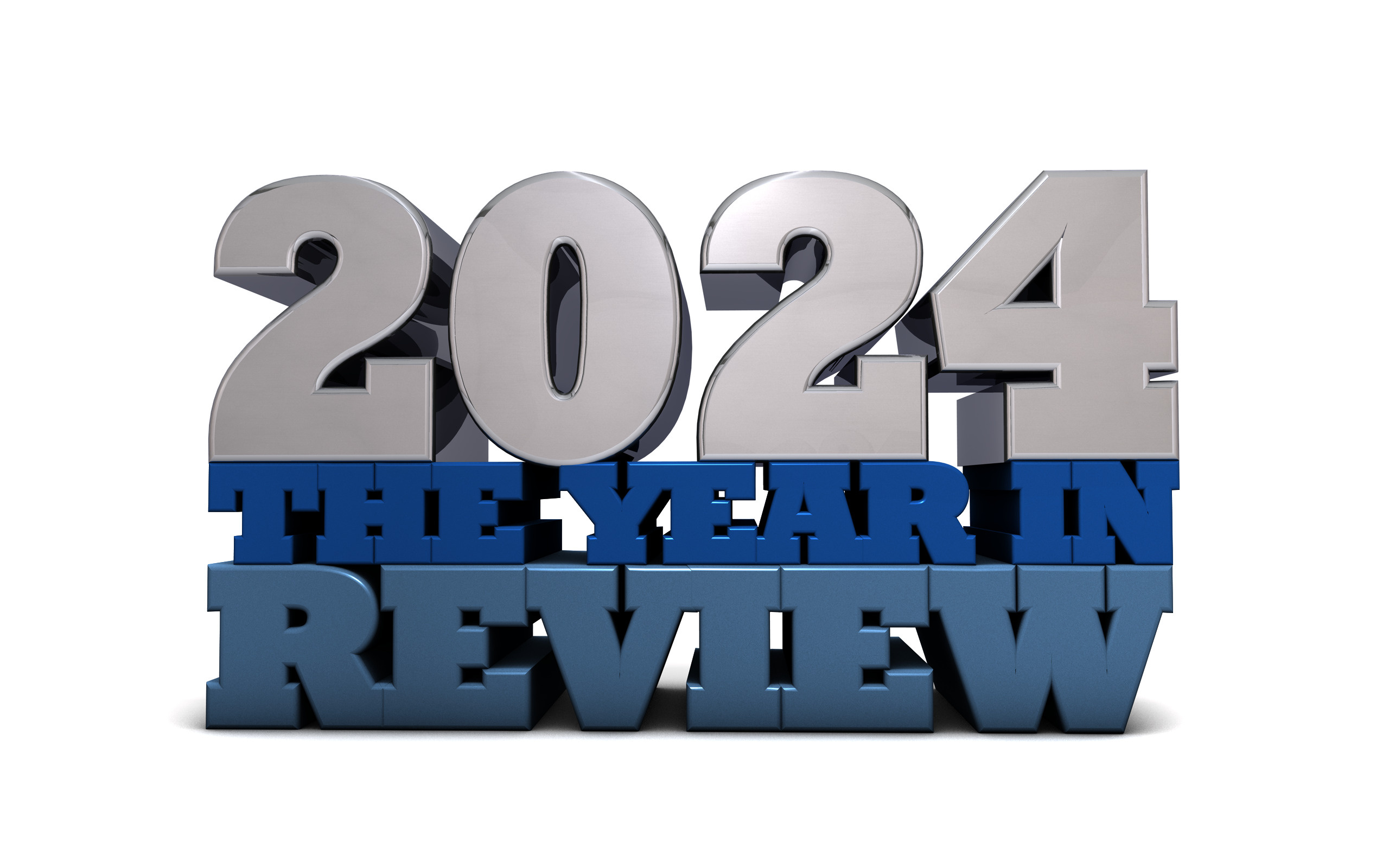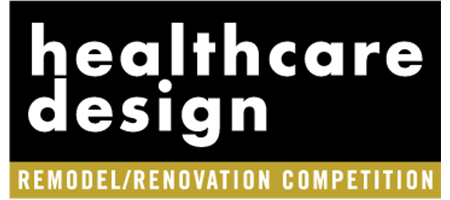To get a sense of how the healthcare design industry fared in 2024, Healthcare Design asked its Editorial Advisory Board members to share where they saw progress in 2024 and what surprised them the most about the sector this year.
In what area of the industry did you see the most progress this year?
“Sustainability in healthcare.”—Natalie Hagerty, senior director of facilities, planning, design, and integration, The Children’s Hospital of Philadelphia (Philadelphia)
“New projects with fresh concepts that reimagine what mental and behavioral health environments can, and should, be. It is no longer a one-size-fits-all approach as we delve into the special design considerations for child, adolescent, adult, and geriatrics patients. It really is a bold new world for mental and behavioral health design!”—Margi Kaminski, principal, director health interiors, CannonDesign (Chicago)
“The health and wellness architecture/engineering/construction industry continues to collaborate to create solutions for clients. For many projects, clients assemble project teams of different firms to create the most appropriate solutions for their needs. This approach ensures a collaborative culture which is in the best interest of the client.”—Gary Vance, president, Vance Consulting (Indianapolis)
“Inclusion of behavioral health as a major component rather than an afterthought.” Jocelyn Frederick, HC Tangram Design (Cambridge, Mass.)
“Moving towards standardization to reduce design and construction costs,”—Julie Kent, director, planning, design and construction, Trinity Health (Livonia, Mich.)
“From a design and construction viewpoint, most progress was observed using prefabricated building components in our hospitals. From healthcare owners, I’ve seen more buy-in for design interventions that have a strong ROI for Evidence-Based Design benefits.”—Sam Burnette, principal, ESA (Nashville, Tenn.)
Good or bad, what surprised you the most about the healthcare design sector in 2024?
“The continued growth of outpatient and neighborhood centered care, also the adoption of several major healthcare systems into these healthcare delivery systems and how they are using small ways to impact and improve the health of their communities.”—Jeff Sudman, director of Dallas office/principal, E4H Architecture
“Bad: The unknown based on the incoming administration; future of tariffs on construction materials; future of vaccines, etc.”—Natalie Hagerty, senior director of facilities, planning, design, and integration, The Children’s Hospital of Philadelphia (Philadelphia)
“The industry continues to surge forward with new opportunities and new projects against the headwinds of inflation, revenue challenges, workforce shortages, etc. The recovery of the industry post-COVID and its continued resiliency has been remarkable.”—Wayne Barger, vice president/director of health, SmithGroup (Dallas)
“Good: the continued awarding of mega-projects (we thought that would slow in 2024) and the slowing of the mid-level staff movement between firms. Bad: still harder to find qualified new talent to grow the firms.”— Scott Rawlings, global director of healthcare and leader of the regional healthcare practice, HOK (Washington, D.C.)
“How slow the industry is the change. It is a huge industry, and change can be difficult and scary, but it is very slow to change or adapt to new ideas.”—Chris Powers, associate principal, director of healthcare, Baker Barrios
“Greater emphasis on sustainability both from an energy and operations/staffing perspective.”—Jocelyn Frederick, HC Tangram Design (Cambridge, Mass.)
“The lack of knowledge of how technology and/or AI will impact the designs of our spaces. The design industry needs to help lead these efforts with the clinical experts in order to drive development and progress in this area (architects and designers are/should be innovators).”—Travis Tyson, director healthcare design studio, Cleveland Clinic (Cleveland)
“I was pleasantly surprised to see the continuation of design standards not being compromised, as a rule, despite the high rate of cost escalation. The overall scope was reduced in some cases, but not the quality of our building materials that must withstand harsh climates and wear & tear in HC settings.”—Sam Burnette, principal, ESA (Nashville, Tenn.)
Image credit: ottawawebdesign – stock.adobe.com












